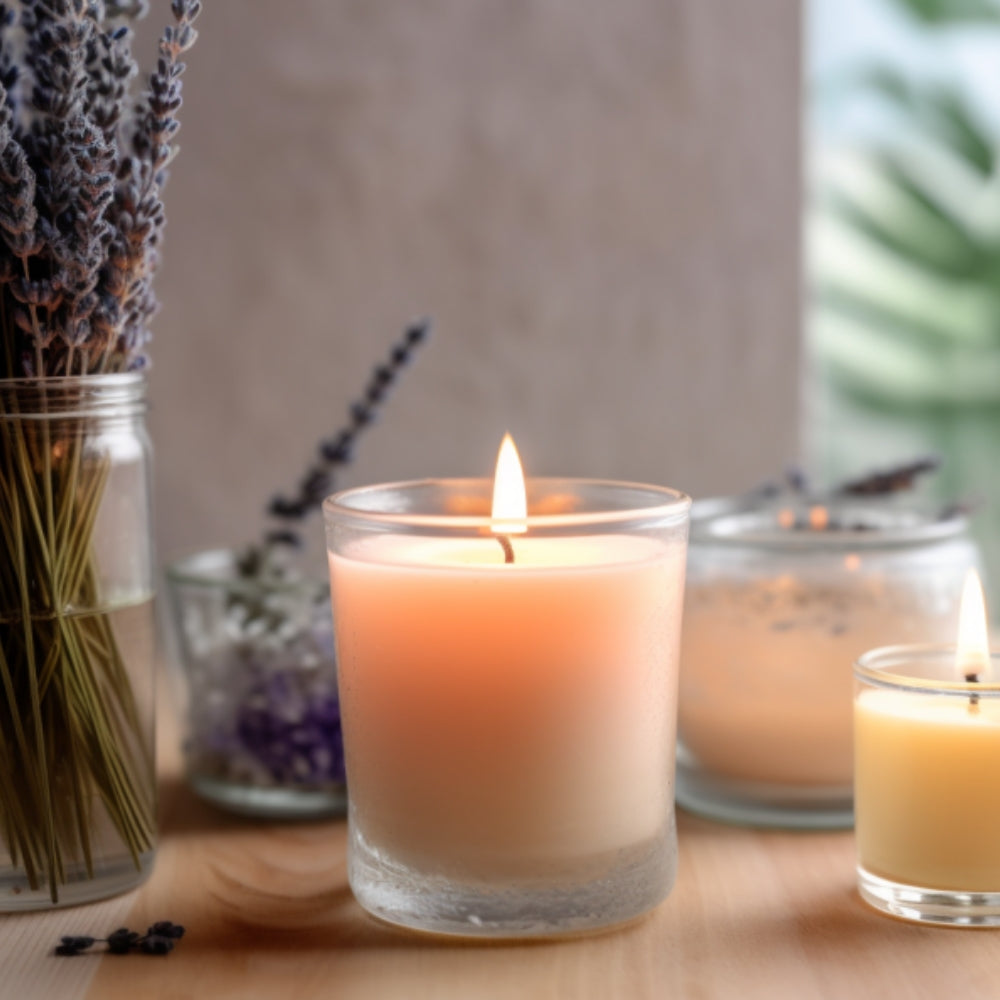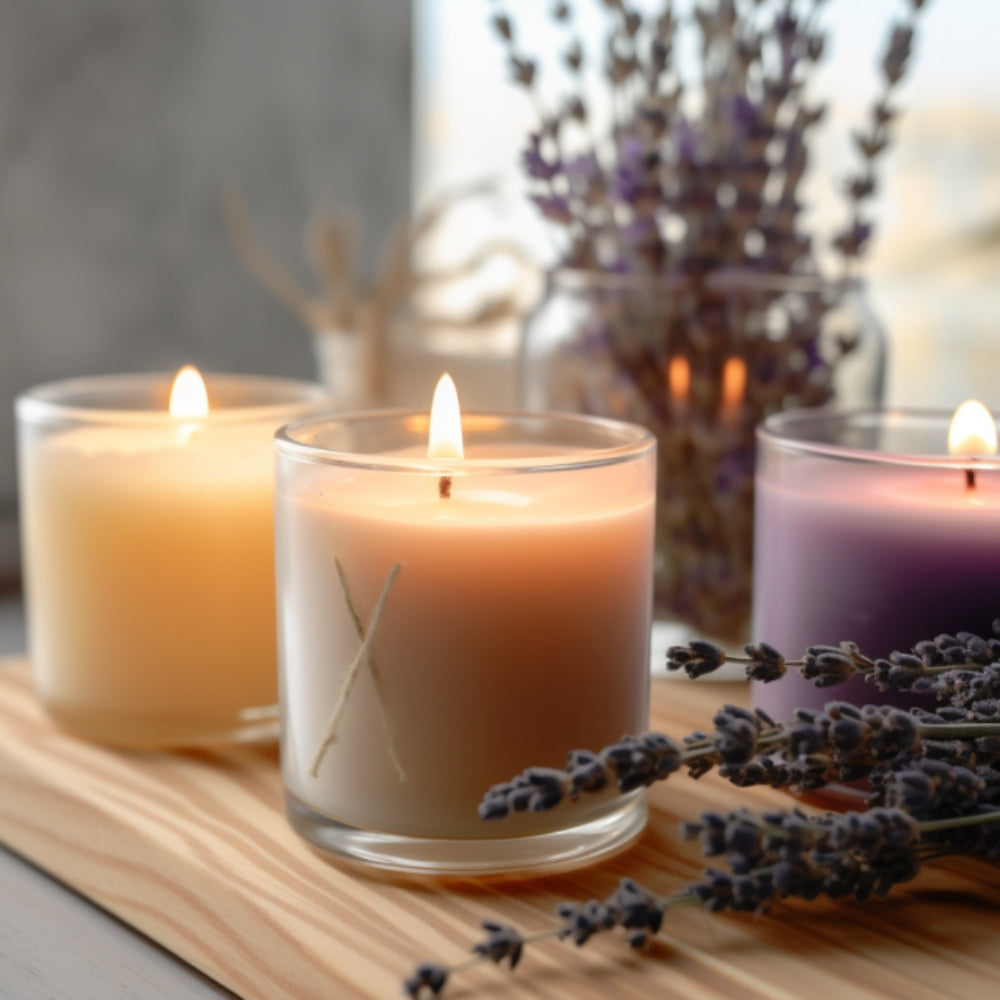Unveiling the Mystery of Fragrance Notes: A Whiff of Sensory Delight
Have you ever wondered how perfumes and fragrances are created? Ever been curious about the different scents that make up your favorite scented product? The answer lies within the captivating world of fragrance notes. In this post, we will delve into the art of fragrance composition, unraveling the mystery of fragrance notes and their role in creating olfactory masterpieces.
Understanding Fragrance Notes: Fragrance notes are the building blocks of perfumes and scents. They are the individual components that come together harmoniously to create a multi-dimensional fragrance experience. Similar to musical notes in a symphony, fragrance notes interact with each other, creating a unique composition that evokes specific emotions and memories.
Top Notes: Imagine the first impression of a perfume, that initial burst of aroma that captivates your senses. These are the top notes, also known as the opening notes. They are the most volatile and evaporate quickly. Often fresh and light, top notes create an inviting and exciting introduction to the fragrance. Common top notes include citrus fruits like bergamot, lemon, or zesty grapefruit, along with lively herbs such as lavender or mint.
Heart Notes: As the top notes fade, the heart notes emerge. These are the core of the fragrance, also referred to as the middle or floral notes. Heart notes provide the character and essence of the perfume, creating a lasting impression. Floral scents like jasmine, rose, or lily are commonly used as heart notes, alongside spices like cinnamon or cardamom. These notes add depth and complexity, making the fragrance come alive on the skin.
Base Notes: The final act of the fragrance journey is carried by the base notes. These are the foundation of the perfume providing stability and longevity to the scent. Base notes are rich, warm, and often woody or musky in nature. They linger on the skin long after the top and heart notes have evaporated. Examples of base notes include sandalwood, vanilla, patchouli, or amber. These notes give depth and substance to the fragrance, creating a lasting impression.
The Art of Blending: Creating a captivating fragrance is an art form that requires skill and creativity. Perfumers meticulously blend different fragrance notes, experimenting and refining until they achieve the desired olfactory symphony. The proportions of each note contribute to the overall character and balance of the perfume. The skill lies in achieving the perfect harmony between the top, heart, and base notes, ensuring a seamless transition from one phase to another.
The Role of Fragrance Families: Fragrance notes are often categorized into families or groups based on their characteristics. This classification helps individuals identify scents they enjoy and simplifies the process of selecting perfumes. Common fragrance families include floral, citrus, oriental, woody, and fresh. Each family has its unique combination of notes, allowing for a wide range of olfactory experiences.
Fragrance notes are the invisible threads that weave the tapestry of beautiful scents. Understanding the role they play in creating perfumes can enhance our appreciation for the art of fragrance composition. From the ephemeral top notes that tantalize our senses to the enduring base notes that linger on our skin, fragrance notes are the language through which perfumers create masterpieces that evoke emotions, memories, and a sense of personal identity. So, the next time you inhale a captivating fragrance, take a moment to appreciate the skillful blend of fragrance notes that have been carefully crafted to transport you on a sensory journey unlike any other.




Leave a comment
This site is protected by reCAPTCHA and the Google Privacy Policy and Terms of Service apply.